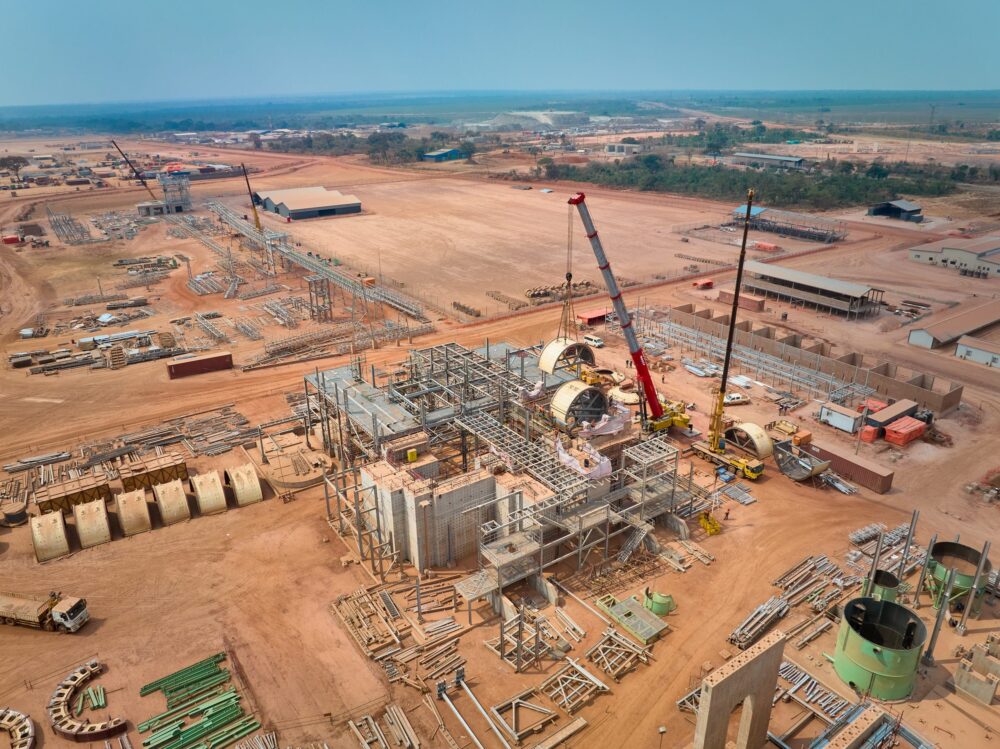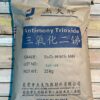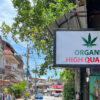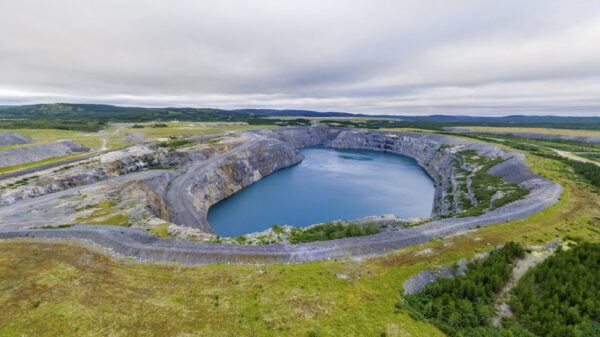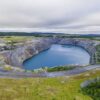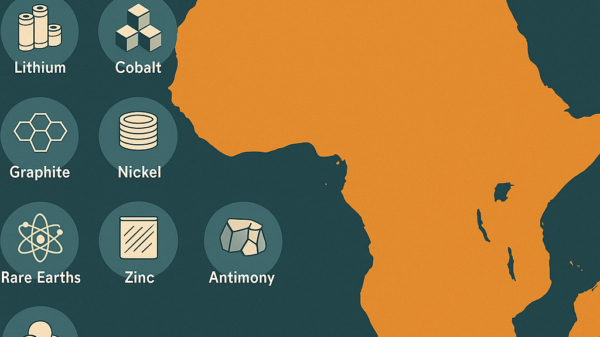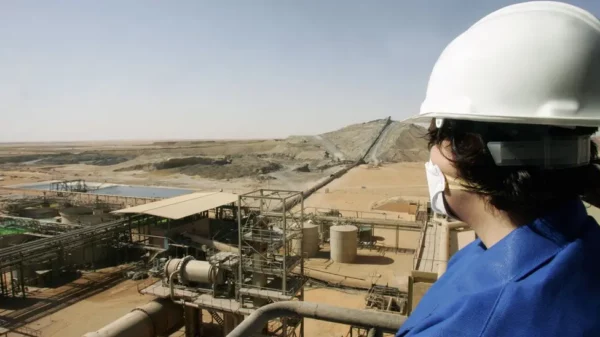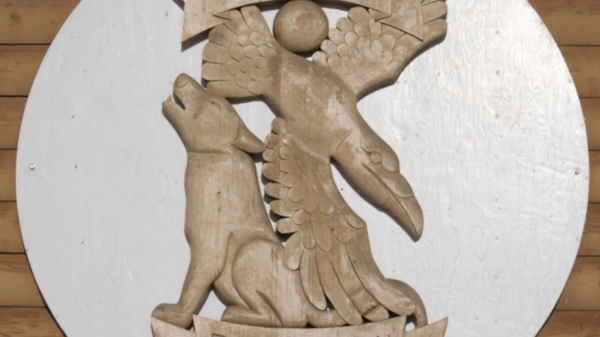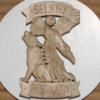Ivanhoe Mines (TSE: IVN) (OTCMKTS: IVPAF) formed an exploration joint venture with UK-based private company Pallas Resources, to explore the Chu-Sarysu Copper Basin in Kazakhstan.
The announcement came on Wednesday at the behest of the executive co-chairman Robert Friedland and the president Marna Cloete. The JV covers a license package over 16,000 square kilometers, spanning an aggregate dataset of Soviet-era exploration data. Comparatively, the license package spans 7.5 times the size of Ivanhoe’s Western Forelands Exploration Project.
Ivanhoe will fund USD$18.7 million in exploration activities over an initial two-year period. It has the right to increase its ownership to 80 per cent over time. The company started exploration activities and hired a dedicated exploration team.
“With a legacy of accomplishments in emerging mineral jurisdictions, including Kazakhstan, Ivanhoe takes pride in applying its expertise to generate lasting value for our shareholders and the communities in which we operate,” said Friedland.
“Our commitment extends beyond discovering vital copper resources, focusing on sustainable development and creating long-lasting economic opportunities in Kazakhstan.”
The Chu-Sarysu basin ranks as the world’s third-largest sediment-hosted copper basin with 27 million tonnes of known copper. It hosts major deposits like the 100-year-old Zhezkazgan complex. The complex also contains over 22 million tonnes of copper and produces approximately 200,000 tonnes of copper per year.
Read more: U.S. GoldMining shares jump 16% on growth in Gold-Copper Project in Alaska
Read more: Osisko Gold Royalties bumps interest in Gibraltor copper mine to 100%
Ivanhoe picked up 20% equity interest in license package
The United States Geological Survey (USGS) estimates that approximately 25 million tonnes of undiscovered copper remain in the Chu-Sarysu Basin. The basin also contains occurrences of lead, zinc, silver, barium, and strontium.
Despite its significant prospectivity, the region has seen little greenfield exploration in over 40 years. The Joint Venture plans to leverage Ivanhoe Mines’ decades of exploration success. This also includes discovering over 50 million tonnes of sediment-hosted copper deposits in the Western Foreland shelf of the Democratic Republic of Congo.
Ivanhoe acquired an initial 20 per cent equity interest in the joint venture licence package and committed to USD$18.7 million in exploration expenditure over the next two years. The company submitted licence applications in Q4 2024.
Pallas Resources gathered and digitized a large Soviet-era dataset. Dataset analysis identified several potential targets, and the companies agreed to complete an airborne geophysics program later this year.
After the initial two-year period, Ivanhoe can earn a majority interest by spending up to USD$115 million over the following four years. Ivanhoe can decide how to allocate this expenditure on a licence-by-licence basis. It can then adjust the program based on exploration success and prospectivity.
In the event of a major new copper discovery, Ivanhoe can earn up to an 80 per cent equity interest by funding and completing a pre-feasibility study.
Read more: Osisko Gold Royalties bumps interest in Gibraltor copper mine to 100%
Read more: FireFly Metals scoops approval for TSX listing; reports best copper intercept to date
Kazakhstan offers cost-effective jurisdiction
Kazakhstan has a rich mining history and currently ranks as the world’s largest uranium producer. It’s also the second-largest chromite producer, and a major producer of copper, zinc, iron ore, and coal. Mining and quarrying account for approximately 14 per cent of the country’s gross domestic product (GDP) and 17.5 per cent of its exports. This amounts to around USD$10.5 billion.
Kazakhstan offers a highly cost-effective jurisdiction for mineral exploration and mining, with a skilled workforce and relatively low operational costs, including labour and power.
Despite its geological potential, Kazakhstan has lagged behind other major mining jurisdictions in exploration expenditure. According to data from S&P Global, the country has spent an average of about $100 million annually on exploration activities over the past 15 years. However, the past 12 months have seen a significant increase in exploration activity, driven by a newly streamlined exploration licence registration process and the availability of Soviet-era geophysical data.
.

